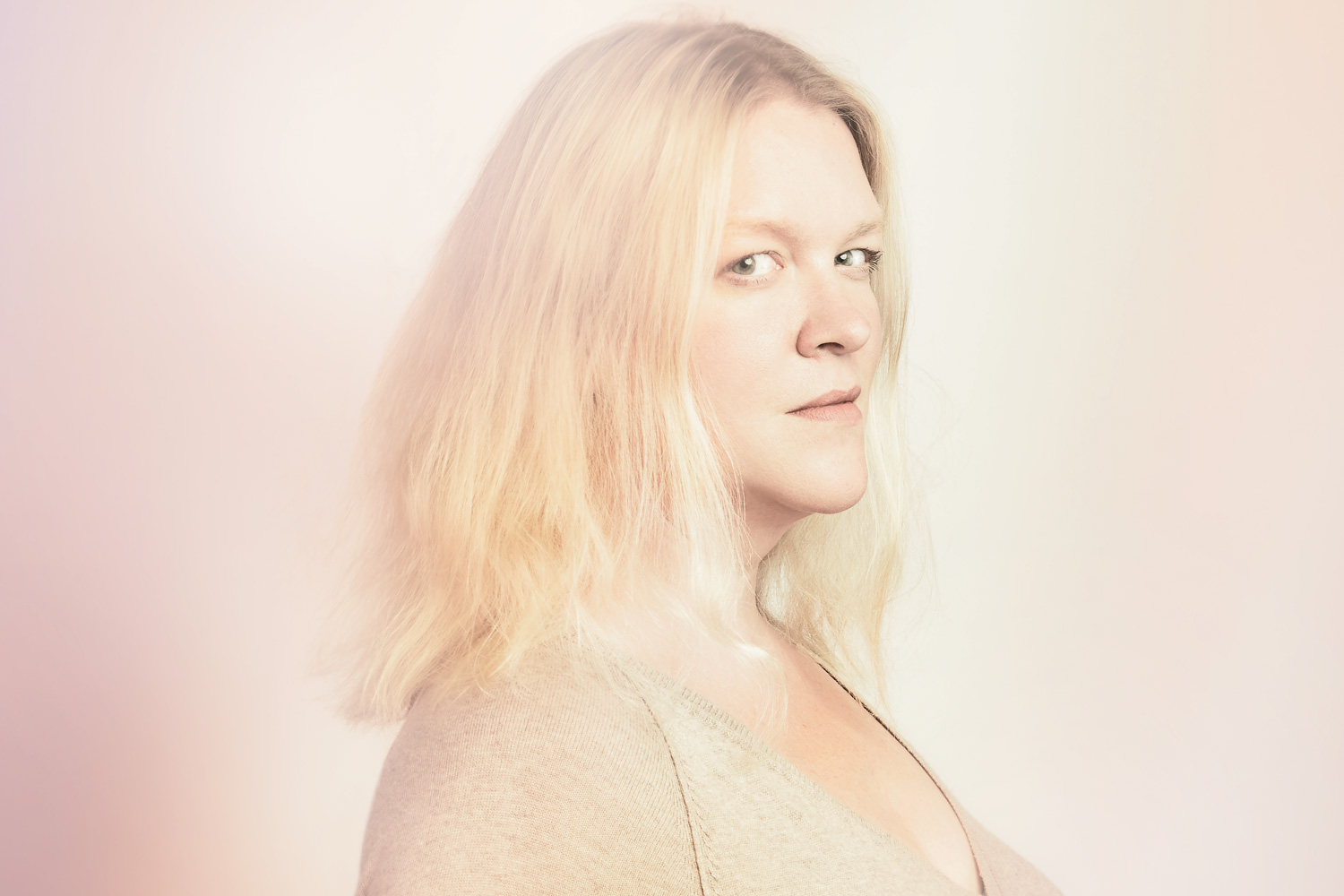When Megan Stielstra decided to write a book about fear, she started by pushing against the notion that there’s nothing to fear but fear itself. “I don’t think that’s true,” the 42-year-old says. “There’s a hell of a lot to fear.”
A writer who frequently presents her work at live-lit events like 2nd Story and the Paper Machete, Stielstra goes deeply personal in her new collection of essays, The Wrong Way to Save Your Life (August 1, Harper Perennial). “I wanted to write about fear because I wanted to interrogate my own,” she says.
In one piece, she explores the anxieties she felt in college when she learned of a shooting at her former high school, in the same district where her father was a middle school principal. In another, the Rogers Park resident and writing teacher talks about reading several stories by a male student that imagined her death and funeral. There’s also the financial terror that hounded Stielstra during the recession, when she and her husband nearly lost their condo. Yet throughout the book, even when delving into her darkest dread, Stielstra never loses her light touch. Regarding gun control, for example, she writes: “While there are no limits to the number of guns one may own [in Texas], up until 2003 it was a felony to own more than six dildos. … But unregulated firearms? Hey, have at it!”
For Stielstra, scrutinizing fear yields more than self-awareness—ideally, it leads to action. Significantly, she completed her book in the months before the 2016 presidential election, the results of which she describes as terrifying in their own right. “I can be pissed as hell right now about taking birth control away from women, about the Muslim ban, about all the things happening in our country,” she says, “but I’m interested in what happens to the fear when we start thinking more clearly about what we can actually do.”
She observed that firsthand from the reception of her popular 2012 essay “Channel B,” first published on the website The Rumpus. In it, Stielstra recounts her experience with crippling postpartum depression following the birth of her son, Caleb, now 9. “At best, that’s a thing that I can do,” says Stielstra, who continues to receive letters from readers. “Share a story that adds to a dialogue and lets you know you’re not alone.”
Stielstra is aware that might sound hopelessly, well, hopeful. She notes that some reviewers of her first book, the 2014 critical darling Once I Was Cool, characterized her as overly optimistic. While acknowledging her Midwestern ethos, she says it’s not just cultural, it’s intentional and political: “I’m interested in kindness not as a poster of a kitten but in how it connects us to people’s humanity and how it relates to policy decisions.”
Growing up in Michigan, Stielstra’s interest in writing was established early on. She filled her diaries and was “one of those geeks who would cut class to read novels on the library floor,” she says. Stielstra taught writing for years at both Columbia College Chicago, where she got her bachelor’s and master’s, and the University of Chicago. She now teaches creative nonfiction at Northwestern.
Stielstra wants her writing to make connections, and it’s clear in conversation with her that is something she can’t help doing. She constantly builds on topics, one idea sparking another. In her extended answer to a question about her new book’s title, she touches on all (and more) of the following: the poet Joy Harjo, a fire in the apartment above hers, Sherwood Anderson, and the Beyoncé song “Formation.”
“Listening to myself, I don’t know if I’ve even used a period,” she says at one point, then launches into another story.



